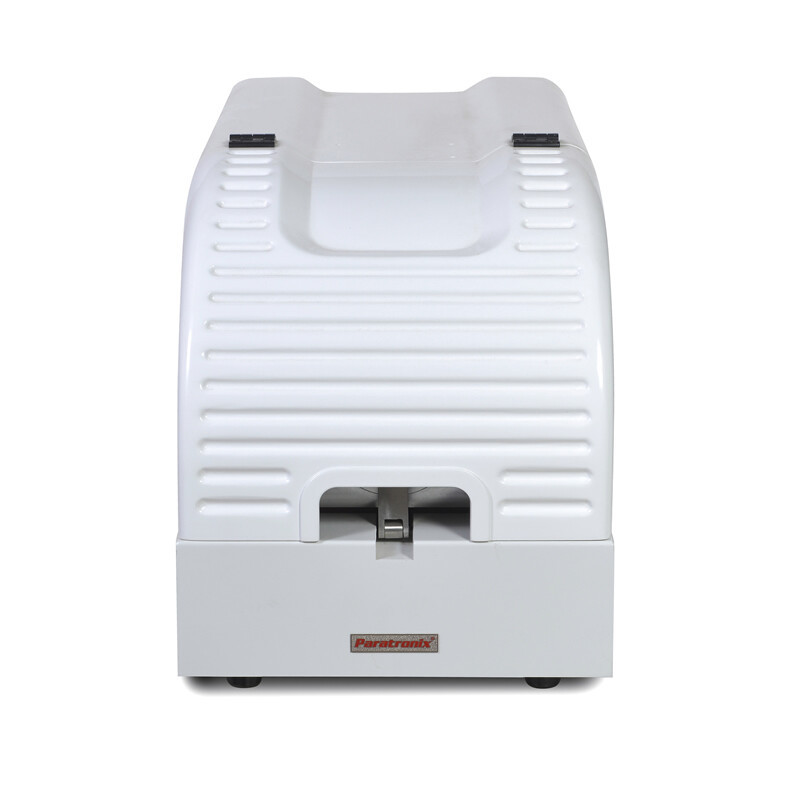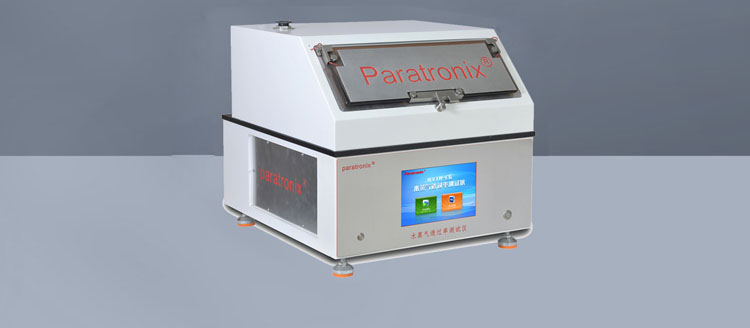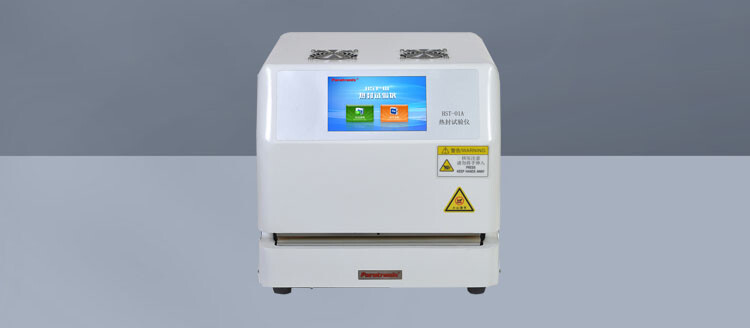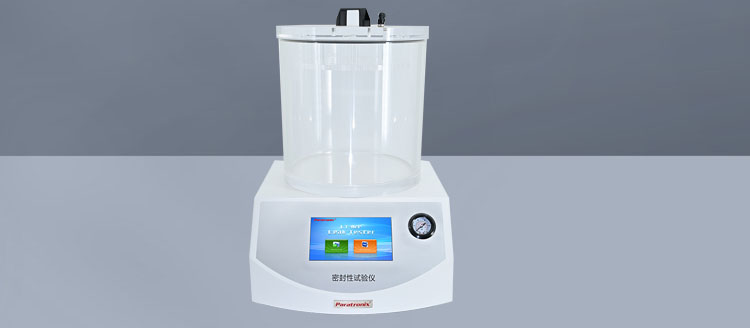Recent Posts
 Maintenance methods for thin film thickness detection instruments2025-12-15
Maintenance methods for thin film thickness detection instruments2025-12-15 Method for detecting the opening tension of food chain self sealing bags2025-12-03
Method for detecting the opening tension of food chain self sealing bags2025-12-03 Packaging industry testing instrument - moisture permeability tester2025-11-26
Packaging industry testing instrument - moisture permeability tester2025-11-26 What testing instruments are used for testing the heat sealing performance of thin films?2025-11-20
What testing instruments are used for testing the heat sealing performance of thin films?2025-11-20 Precautions for using negative pressure seal detector2025-11-10
Precautions for using negative pressure seal detector2025-11-10
Introduction
The ASTM D3985 standard is a widely recognized test method for determining the oxygen gas transmission rate (OTR)
through plastic films and sheeting using a coulometric sensor. This method is essential for industries that require
precise measurement of oxygen permeability, such as food packaging, pharmaceuticals, and medical device packaging,
where oxygen exposure can significantly affect product quality and shelf life.
Scope and Application
ASTM D3985 measures the steady-state rate at which oxygen gas permeates through a flat plastic film or sheeting
under specific conditions of temperature and humidity. The test is applicable to materials with OTR values ranging
from 0.05 to 200,000 cc/(m²·day·atm).
Test Principle
The method involves sealing the test specimen between two chambers in a diffusion cell:
Upper chamber – Exposed to a controlled flow of oxygen (O₂).
Lower chamber – Contains a nitrogen (N₂) carrier gas that transports permeated oxygen to a coulometric sensor.
The coulometric detector measures the amount of oxygen that passes through the film by generating an electrical
current proportional to the oxygen concentration. The OTR is then calculated based on the measured current, film
area, and oxygen partial pressure difference.
Testing instrument:OTR-D3 Oxygen Permeability Tester

Advantages of ASTM D3985
High Sensitivity – Coulometric sensors provide accurate detection even at very low transmission rates.
Wide Measurement Range – Suitable for both high-barrier and permeable materials.
Standardized Methodology – Ensures repeatability and comparability across labs.
Comparison with Other Methods
Unlike ASTM F1927 (which uses a colorimetric detector for oxygen transmission) or ASTM D1434 (for gas permeability
of rigid plastics), ASTM D3985 is optimized for flexible films and provides highly precise OTR measurements.
Conclusion
ASTM D3985 is a critical standard for evaluating the oxygen barrier properties of plastic films, ensuring that packaging materials meet performance requirements. By using a coulometric sensor, this method delivers reliable and reproducible results, making it indispensable for industries where oxygen sensitivity is a concern.
For accurate testing, proper calibration, controlled environmental conditions, and adherence to standard protocols are essential. Manufacturers and researchers rely on ASTM D3985 to develop packaging solutions that extend product shelf life and maintain quality.
Leave A Reply
Search by Keywords





